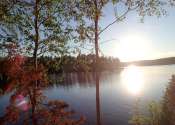Fish buffered from recent marine heat waves, showing there's still time to act on climate change
Fish were surprisingly resilient to marine heat waves before 2019, highlighting the need to keep seas from warming further, according to new research published today in Nature.









